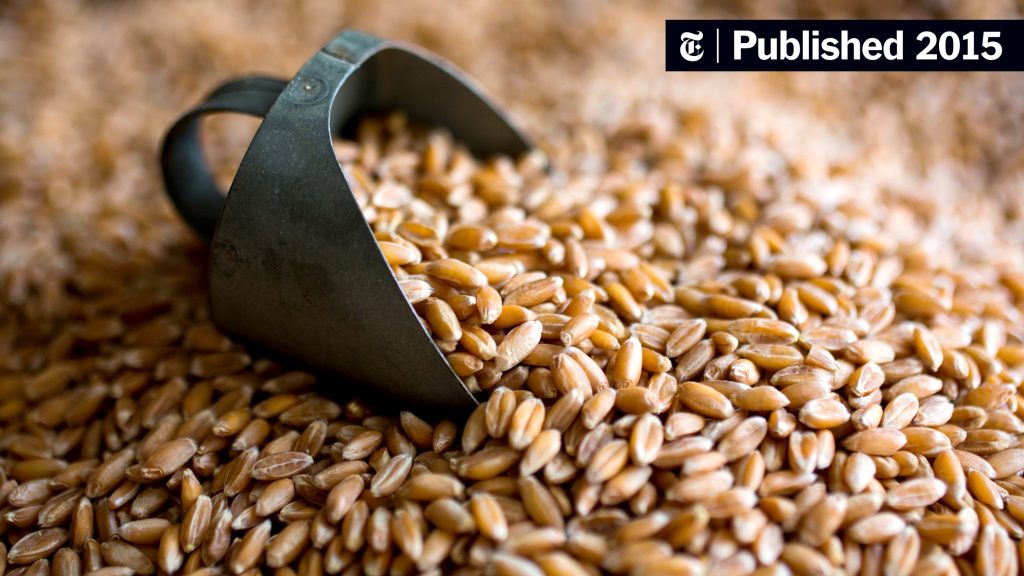What Are Ancient Grains?
Ancient grains refer to a group of grains and pseudo-cereals that have remained largely unchanged over the last several hundred years. Unlike modern wheat, which has been selectively bred and modified, ancient grains are closer to their original form. This category includes grains like:
- Quinoa: Originating from the Andean region of South America, quinoa is a complete protein, containing all nine essential amino acids.
- Amaranth: Another South American grain, amaranth is high in protein and fiber, and is also gluten-free.
- Spelt: An ancient wheat variety, spelt is rich in protein and has a nutty flavor.
- Farro: Often confused with spelt, farro is an ancient grain that has been cultivated for thousands of years in the Mediterranean region.
- Millet: A staple in many African and Asian diets, millet is rich in magnesium and B vitamins.
- Teff: A tiny grain from Ethiopia, teff is packed with protein, iron, and calcium.
Nutritional Benefits of Ancient Grains
Ancient grains are nutritional powerhouses. Here’s why they are considered superior to many modern grains:
- High in Fiber: Most ancient grains are high in dietary fiber, which aids digestion, helps regulate blood sugar levels, and keeps you feeling full longer.
- Rich in Protein: Many ancient grains, such as quinoa and amaranth, are excellent sources of plant-based protein.
- Packed with Vitamins and Minerals: Ancient grains provide essential vitamins and minerals, including B vitamins, magnesium, iron, and zinc.
- Antioxidant Properties: Some ancient grains, like millet and teff, contain antioxidants that help combat oxidative stress and reduce inflammation.
- Gluten-Free Options: Quinoa, amaranth, and millet are naturally gluten-free, making them suitable for those with celiac disease or gluten sensitivity.
Incorporating Ancient Grains into Your Breakfast
Breakfast cereals are one of the easiest ways to incorporate ancient grains into your diet. Here’s how you can enjoy these grains as part of a nutritious morning routine:
- Granola with Ancient Grains: Start your day with a crunchy granola made from a mix of ancient grains like quinoa, amaranth, and millet. Add some nuts, seeds, and dried fruits for extra flavor and nutrition.
- Hot Cereal Mix: Create a hot cereal blend using farro, spelt, and teff. Cook it with milk or a plant-based alternative, and top with fresh berries and a drizzle of honey.
- Ancient Grain Flakes: Look for cereals that feature flakes made from spelt or farro. These cereals can be enjoyed with milk or yogurt and a handful of your favorite fruits.
- Overnight Ancient Grains: Prepare a mix of quinoa and amaranth the night before. Let it soak in almond milk with chia seeds, and top with nuts and fruits in the morning for a quick and easy breakfast.
Choosing the Right Cereal
When shopping for a healthy cereal made with ancient grains, it’s important to read the labels carefully. Here are a few tips:
- Check for Whole Grains: Ensure that the cereal lists whole ancient grains as the first ingredient.
- Avoid Added Sugars: Choose cereals with little to no added sugars. Natural sweeteners like honey or maple syrup are better options.
- Look for Minimal Processing: The less processed the cereal, the more nutrients it will retain. Opt for cereals that are minimally processed and free from artificial additives and preservatives.
Conclusion
Ancient grains offer a wealth of nutritional benefits that can support a healthy lifestyle. Incorporating them into your breakfast routine is a simple yet effective way to boost your intake of essential nutrients. Whether you enjoy them in granola, hot cereal, or as flakes, ancient grains are a delicious and nutritious addition to your diet. So, next time you’re in the cereal aisle, consider reaching for a box that celebrates these time-honored grains. Your body will thank you for it.
FAQs
1. What makes ancient grains different from modern grains? Ancient grains have remained largely unchanged over thousands of years, while modern grains have been selectively bred and modified for higher yields and easier processing.
2. Are ancient grains gluten-free? Some ancient grains, such as quinoa, amaranth, and millet, are naturally gluten-free. However, grains like spelt and farro do contain gluten.
3. Can ancient grains help with weight management? Yes, the high fiber content in ancient grains can help you feel full longer, which may aid in weight management by reducing overall calorie intake.
4. How can I incorporate ancient grains into my diet beyond breakfast? Ancient grains can be used in a variety of dishes, including salads, soups, and baked goods. They can also be cooked and used as a side dish or as a base for grain bowls.
5. Are there any potential allergens in ancient grains? While ancient grains are generally considered safe, individuals with specific grain allergies should check labels and consult with a healthcare provider to avoid potential allergens.

